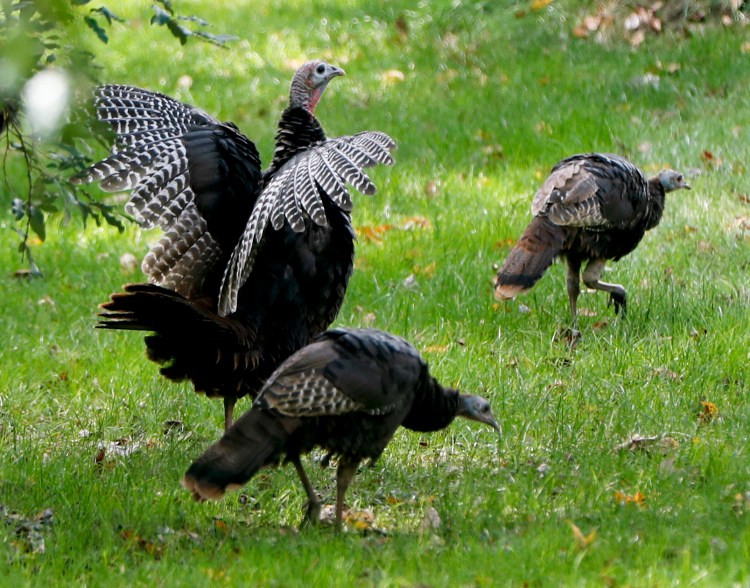One of the finest features of turkey hunting is that every morning is a mystery, some more so than others. For example, I was completely in the dark, both figuratively and literally, as Brad Harris, then an elite pro-staffer with Lohman Game Calls, cameraman Andy Swift and I trudged down a two-track farm road in eastern Kansas one predawn morning many moons ago. I’d flown in the afternoon before, and met Brad, Andy and fellow scribe Jim Casada at the airport. We stopped for dinner, then settled into our motel the eve before, so I’d never laid eyes or set foot on the farm I was told now lay before us.
Pausing in the gap of a windrow, Harris cupped hands in front of his mouth, took in a deep breath, then let out an owl hoot. His mimicry was immediately answered by a gobbler, then another and another, and before long we counted at least a dozen longbeards announcing their presence from the parapets.
Being from New England, where hearing one turkey gobble is a good morning, it was a revelation. There, we had a dozen potential targets to choose from, all from the same location. Despite my suddenly ecstatic expectations, none of those “flies” ever came remotely close to our barrel. It was not until much later in the morning, after nearly an hour of aggressive calling, that Harris was able to entice a single bird into gun range. Casada, meanwhile, had drawn a blank.
What at first seemed like a “turkey shoot” turned out to be very much a turkey hunt, and it took four full days of hard hunting to fill the four tags in our group.
Clearly, that place could use a few more birds. In fact, Harris remarked that their turkey numbers were down a bit, and that heavy hunting pressure had resulted in too many hens and not enough toms. In time, and after visiting more states, I would learn that Kansas wasn’t close to having too many, or even enough turkeys.
My next enlightening experience unfolded in Nebraska, where Steve Nessl from Yamaha Outdoors, Americana Outdoors cameraman Cody Prather and I arrived at a similarly previously unknown location with instructions to locate a row of big cottonwoods. Even in the dark, it wasn’t difficult to find, as they were the only cottonwoods, and therefore the only turkey roost, for miles. As we settled into a nearby grove of smaller bushes, I recall our guide telling us not to get our hopes too high. “The big groups have broken up. It’s mostly smaller flocks now, of 100-150 birds,” he said.
The gobbling started on one end, then rolled from left to right down the entire 200 yards of cottonwoods. There was no way of knowing for certain how many, but there had to be at least 50 adult toms in those trees. And when daylight finally arrived, the spectacle was nothing short of a natural phenomenon. At least 150 turkeys, probably more, began pitching out of that single roost. Once on the ground, they segregated into smaller groups of six to a dozen birds, each with a squad of toms dancing for seemingly indifferent hens.
Some went east, others west as the throng gradually dissipated until only one group was left that showed any interest in our decoy setup. A little coaxing on a slate call lured them close enough for a shot. It was a relatively short morning, but we worked hard over the next few days to fill our second tags.
I later pondered if that was enough turkeys. Maybe. If not, it was close. More importantly, it showed me what was possible. Outside of normal winter aggregations, a dozen birds in a single roost is something we rarely if ever see in New England, though we could if we allowed the population to grow. Fifty or more birds is unheard of but still possible. I know we’ll never see it – not even close. But if by some bizarre set of circumstances we should, I might begrudgingly admit we have enough turkeys. Until then we should be thankful for what we’ve got, and more importantly, take care that we don’t over-harvest this tremendous renewable resource.
Bob Humphrey is a freelance writer and registered Maine guide who lives in Pownal. He can be reached at: bhunt@maine.rr.com
Send questions/comments to the editors.



Comments are no longer available on this story